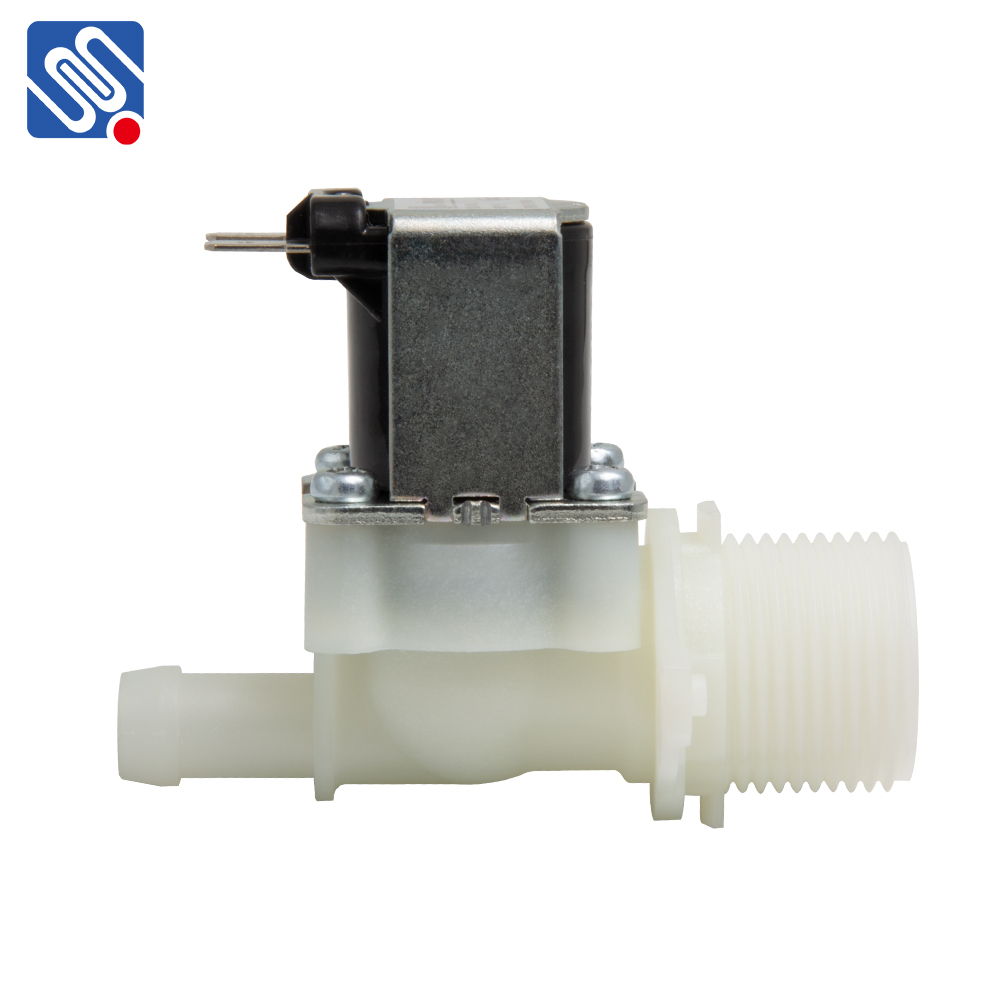A Water Solenoid Valve is an electromechanical device that controls the flow of water through a system using an electromagnetic solenoid. The solenoid valve operates by opening or closing the valve in response to electrical signals. These valves are crucial in automated systems for regulating water flow, ensuring efficiency and convenience in various applications, ranging from agricultural irrigation to industrial processes.

How It Works The Water Solenoid Valve operates based on a relatively simple principle. It consists of an electromagnetic coil, a plunger, and a valve body. When an electric current passes through the solenoid coil, it generates a magnetic field that pulls the plunger. This action opens or closes the valve, depending on the design of the solenoid valve (whether it is a normally closed or normally open valve). When the electrical current is turned off, the magnetic field dissipates, and the plunger returns to its original position, either opening or closing the valve. Types of Water Solenoid Valves
Leave a Reply
You must be logged in to post a comment.